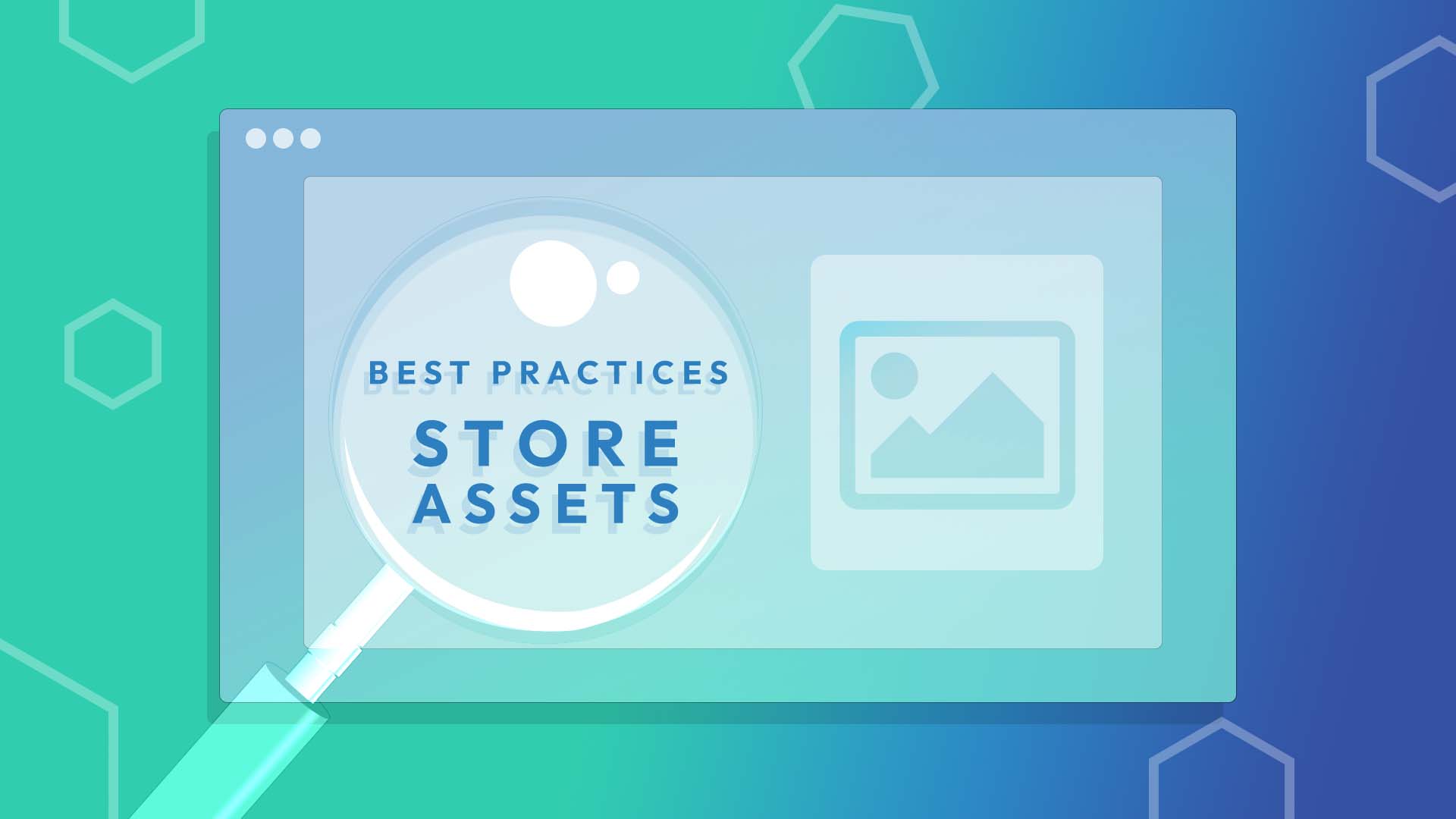Steam Best Practices:
Store Assets
- May 25, 2022
- 2:37 pm

Store assets are all graphical assets that represent your game on the Steam store, such as:
Header Capsule
Small Capsule
Main Capsule
Hero Capsule
Screenshots
Page Backround
Bundle Images
Icon
In many cases, they are the first encounter that users browsing for new games on Steam make with your game. They therefore need to be designed in a way that maximizes their potential for driving players to your store page and persuading them to buy your game. To help you with that process, we made a list of best practices to follow for designing store assets.
Follow the rules
Steamworks has set out a list of rules for each of the store assets that represent your game on the platform. These pertain to size, aspect ratio and elements that should be included in each asset. Make sure you are aware of all requirements before starting the design process.
Compare your assets with those of your competition
The graphical assets you chose to present your games on Steam need to be able to compete with those of your competitors in terms of quality and appearance. They need to be able to catch the eyes of potential players when they are scrolling through the long lists of interesting games, otherwise your game might get lost in the crowd. We therefore advise to carefully study competing games’ visibility and discoverability assets to find ways to make yours stand out.
Don't include too much detail
Including much detail in any of your game’s capsules won’t work given their small size. You are better advised to focus on a distinctive color, main theme, and the game’s logo. First and foremost, assets need to be recognizable and create an association with your game. If you’re uncertain about this practice, take a look at Tom Giardino’s talk for new developers on how to properly get started on Steam.
Make sure they accurately convey your game
It is important that players can get an accurate sense of what your game is about when looking at any of its capsules. So if your game is violent and brutal or happy and relaxed, make sure that these characteristics are reflected in your assets. As No More Robots’ founder Mike Rose explains, this is not always possible. Games can be too complex too be summarized in a few graphical assets, but if you are able to do so nonetheless, it can greatly improve its discoverability performance.
Make the first four screenshots count
The first four screenshots are those that will be played in the pop-up window when hovering over your game’s item box and can really make the difference in viewers decisions to keep browsing or visiting the store page. Therefore, make sure that they not only look great but include the core elements of your game’s gameplay. Potential players should be able to get a good sense of your game’s mechanics, setting, and UI to feel intrigued enough to learn more about it.
Ensure readability
If you include your logo in your discoverability assets and it is text heavy, make sure it is very readable. You want potential players to be able to read and recognize it just from scrolling through the store (and stop because it stands out). Ideally, it should be centered in the image and clearly visible even on the small capsule. A small, not easily readable logo will make your assets look messy and unappealing.
Credit:
Marie Dealessandri – gamesindustry.biz, Chris Zukowski – howtomarketagame.com, Pawel Miechowski – 11bit studios, Michael Schade – Rockfish Games, Tom Giardino – Valve